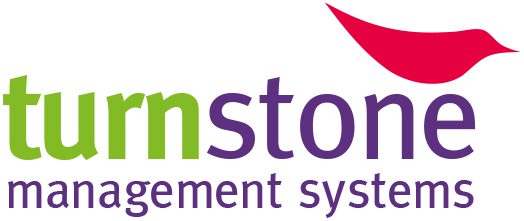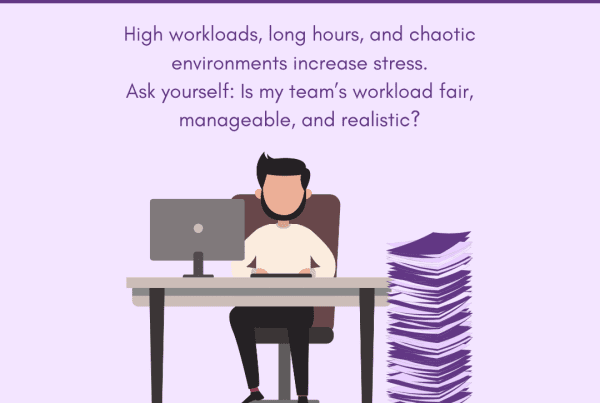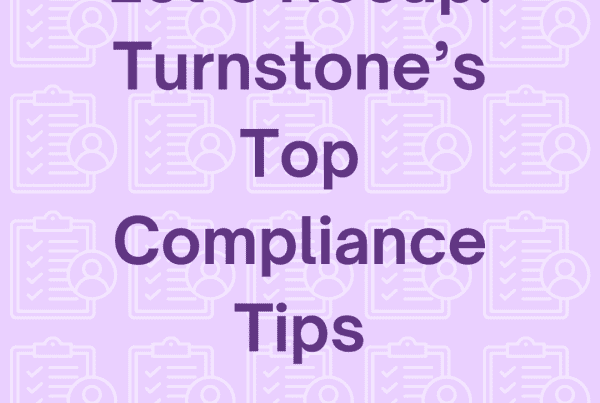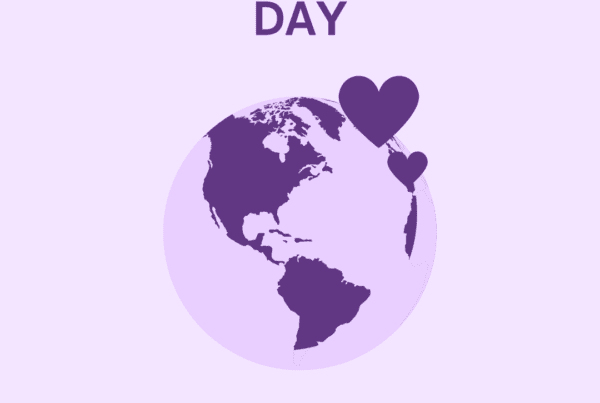As we observe World Sight Day, it’s important to reflect on how crucial vision is to our safety and well-being, especially in the workplace. At Turnstone, we prioritise the health and safety of workers, both on-site and behind the wheel. Maintaining good vision and being visible to others is essential for accident prevention and overall safety. This World Sight Day, let’s explore the importance of visibility, vision-related safety measures, and how Turnstone helps organisations ensure compliance with Regulations.
Visibility on Site and When Driving
Visibility is a key factor in preventing accidents, particularly on sites where heavy machinery and mobile plant machinery are in use. Workers must wear high-visibility (hi-vis) clothing to ensure that they are easily seen by drivers of machinery and vehicles. Hi-vis clothing significantly reduces the risk of accidents by making individuals more noticeable, especially in low-light or busy environments. Team Turnstone emphasises the importance of wearing hi-vis gear when creating risk assessments (RA) and safe systems of work (SSOW).
For drivers, visibility is equally crucial. It’s not just about seeing others, but also about being seen. Ensuring that your vehicle’s lights are functioning properly, especially in conditions of poor visibility such as fog, rain, or at night, is critical for preventing collisions. At Turnstone, we provide advice on visibility best practices, from wearing reflective clothing to ensuring that pre use inspections are being conducted on vehicles and machinery before taking off.
Legal Requirements for Vision for Drivers
Drivers must also meet legal vision requirements to ensure they are safe behind the wheel. Poor eyesight can lead to serious accidents, making regular eye checks essential. Employers are responsible for ensuring that their workers who drive as part of their job have up-to-date eye tests and meet the legal vision standards.
Turnstone supports organisations by creating Legislation Registers to ensure compliance with Safety Regulations. Our Legislation Registers are designed to help businesses stay up-to-date with the latest legal requirements, including those related to vision for drivers. By maintaining compliance, companies can reduce their liability and ensure that their drivers are safe on the road.
Eye Strain at the Desk
For those who spend the majority of their day working at a desk, eye strain is a common issue. Prolonged periods of screen time can cause discomfort, blurred vision, and headaches, negatively impacting productivity and overall well-being. To combat this, Turnstone provides Display Screen Equipment (DSE) assessments to ensure that workstations are ergonomically designed and that employees are using their screens in a way that minimises eye strain. DSE assessments not only help to identify any necessary adjustments to screen height, lighting, or seating position but also promote healthier working habits.
Tips for Protecting Your Sight at Work
Protecting your vision in the workplace is essential for long-term eye health and safety. Here are a few tips to help safeguard your sight:
- Wear Blue Light Glasses: Prolonged exposure to screens can cause eye strain, discomfort, and even long-term damage. Blue light glasses can help reduce eye fatigue by filtering out harmful blue light emitted from digital devices like computers and phones.
- Use Proper PPE: In environments where flying debris, chemicals, or bright lights are present, wearing the correct Personal Protective Equipment (PPE), such as safety goggles or face shields, is vital to prevent eye injuries.
- Take Regular Breaks: Follow the 20-20-20 rule: every 20 minutes, take a 20-second break and look at something 20 feet away to give your eyes a rest from focusing on a screen.
- Ensure Proper Lighting: Avoid working in poorly lit conditions to reduce strain on your eyes. Adjust your screen brightness and position to minimise glare.
Team Turnstone believe that safeguarding employee vision and ensuring workplace visibility are key aspects of a strong health and safety practices. From ensuring compliance with legal vision requirements for drivers to promoting good visibility on worksites and reducing eye strain in the office, our tailored services provide organisations with the tools they need to create a safer, more compliant working environment.




